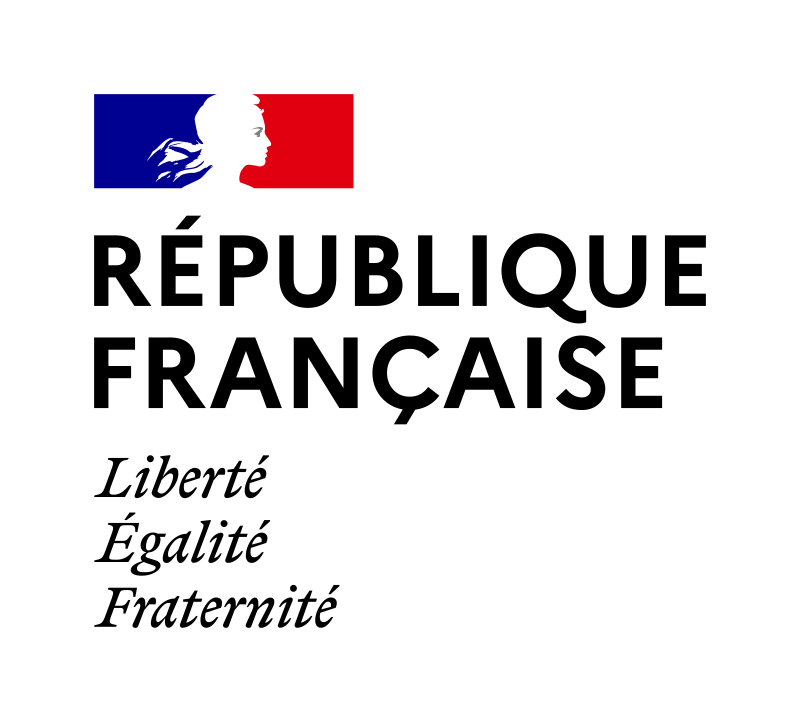
With the new Green Climate Finance System, sums of $100 bn to $300 bn p.a. can be channelled to the GCF in the course of ordinary money creation by central banks. Already in the start-up phase, before the participation of all UNFCCC member states, funding of tens of billions of dollars worth of projects would be possible. A new Green Climate Finance System would benefit an array of groups:
- The countries in which the climate protection investments take place (mostly Annex 2 states) get new energy generation systems which give the poorer part of the population access to energy, and with which the country can substitute imported energy. Simultaneously, they obtain additional currency flows that would usually require additional exports.
- The commercial enterprises that carry out the projects.
- Institutional investors get a new, long-term investment option with solid and certain returns.
- The countries where the technical equipment for climate protection projects is manufactured boost their exports and increase employment. They can also contribute to the GCF without needing to burden their budgets.
- Through the massive expansion of renewable energy generation, a considerable amount of CO2 is saved.
A sustainable future is only possible if we can limit global warming to 2°C. To still achieve this goal, an estimated $1,000 billion need to be invested annually in developing climate-friendly renewable energy production.[1] Due to the subsidies provided for fossil fuels, targeted support measures are needed to make renewable energy investments attractive to investors.
Financing such support measures is one of the main responsibilities of the Green Climate Fund (GCF) within the framework of the UNFCCC, aiming to raise $100 billion p.a. by 2020. This raises two questions: What is the likelihood of this goal being met each year, and will $100 billion be sufficient to make annual investments of $1,000 billion profitable or will funding of at least 300 billion dollars be required?
Previous experience with financing commitments from tax or semi-public funds -such as revenues from emissions trading- indicate that the sums which will actually be disbursed will regularly fall short of the ones promised.
An alternative way of financing and providing sums larger than 100 billion dollars to the GCF could be the involvement of central banks. These can never become insolvent in their own currency due to their monopoly of issuing the legal tender – even if they purchase non-performing assets. The economic potential of central banks was witnessed during the bank bailout, leaving no apparent reason why they should not contribute to saving the climate with a fraction of the funds previously used. In order to do this, central banks would continue doing what most of them are currently doing to combat the effects of the financial crisis: Buying bonds to create new liquidity. To finance the Green Climate Fund, central banks would need to buy "Green Climate Bonds" issued by the GCF and finance concrete investment projects, rather than investing in government or corporate bonds.
When central banks buy new Green Climate Bonds, and record this in their balance sheets, they also gain a new monetary policy tool. The advantage of this new tool is that it leads directly to the purchase of new goods and services. The real economy is thus stimulated without a need for the usual detour of credit creation by private banks. This means that no new debtors and creditors need be found. The new money is created, debt-free. The disbursal by the GCF would be directly injected into the system of the nation's banks, and their reserves at the central bank would rise. Should excess reserves result, the banks could reduce these reserves by lowering their refinancing at the central bank. The money supply would thus fall again. Banks would reduce their reserves at the central bank, which they do not need to refinance credit creation, and thereby reduce the money supply, because of the endogeneity of the money supply. The Bank of England has recently identified this as the correct description of monetary policy practice.[2] The effect of the endogeneity of the money supply is especially important when central banks buy more Green Climate Bonds (for a short period of time as start-up financing) than needed for actual money creation. This process contributes to the money creation and the resultant money supply reduction offsetting each other, so that the money supply grows as much as the economy requires to expand to full potential.
Green Climate Bonds should have a duration of at least 100 years and would ideally only bear small, if any, interest rates. Due to their very long term, Green Climate Bonds would become permanent assets of the central banks and thus form the foundation of regular money creation. This would ensure that the GCF is at the receiving end of new and virtually non-repayable money, with which it can increase the profitability of many existing climate protection investments. Likewise, it is now possible to finance adaptation and mitigation measures that result in no immediate economically exploitable yield. In this case, the participation of private investors would have to be excluded.
If we assume that future, nominal, global growth will average 5%, the yearly global growth of the money supply must also be around 5% to avoid restrictive effects on the real economy. The two biggest central banks, the US Federal Reserve and the ECB, could (with $5tn as their total monetarily effective balance sheet total[3] and a long-term money creation requirement of 5%) potentially create $250bn per year without causing inflation and use this to finance (i.e. buy) long-term bonds of the Green Climate Fund. As the dollar and euro currency zones together account for only 36% of global GDP, the total sustainable money creation potential of all central banks can be estimated at $700bn.[4] The purchase of Green Climate Bonds for the assumed total of $300bn would still give central banks enough scope to continue their normal monetary operations with the policy measures already in use. A buffer of approximately $400bn dollars could be created to offset possible shortfalls on the part of other central banks.
Ideally, all UNFCCC member states and their central banks should be involved in this new Green Climate system. The financing via Green Climate Bonds could also be initiated through the participation of a relevant number of members. The advantage for states participating in the bond purchases would be that Climate Bonds purchased by their central banks would count towards their promised share of the $100 billion, without having to invest their own budget funds.
For the real economy, such additional demand would not lead to inflation since it will be globally distributed. Even if new money creation succeeds in stimulating total investment and thus an additional demand of $1,000 billion, this would be a small stimulus package rather than an inflationary risk when seen in relation to the global economic output of around $78,000 billion dollars.
[1] The sum of $1 trillion is required to achieve the 2 degree target. Cf. Figueres, Christina in The Guardian of 14.1.2014, http://www.theguardian.com/environment/2014/jan/14/un-climate-chief-tripling-clean-energy-investment-christina-figueres
[2] Cf. Bank of England: “Money creation in the modern Economy”, in: Quarterly Bulletin, Vol. 54, No. 1, 2014, Q1.
http://www.bankofengland.co.uk/publications/Documents/quarterlybulletin/2014/qb14q102.pdf
The bulk of the theory on endogenous money supply was generated from the mid 1980’s. Important contributions came from P. Howells and Thomas Palley. See also Moore, Basil J.: Horizontalists and Verticalists: The macroeconomics of credit money, Cambridge, 1988; Howells, Peter: The demand for endogenous money, in: Journal of Post-Keynesian Economics Vol. 18, No. 1, 1995, p. 89-196; Palley, Thomas: Post Keynesian Economics: debt distribution and the macroeconomy, 1996
[3] Thanks to the various measures used by central banks to manage the financial crisis, their balance sheets became volatile. The figure of $5 trillion is to be seen as a rough average. Cf. the current amounts in the ECB’s monthly review and the Federal Reserve’s Statistical Release, H6.
[4] For a preliminary estimate of the sum involved, it is assumed that the balance sheet of other central banks are structurally similar to those of the ECB and the Federal Reserve.

Dr. Matthias Kroll
Dr. Matthias Kroll studied political economics, sociology and law at the Hamburg University for Economics and Politics and graduated as a certified political economist. Dr. Matthias Kroll was engaged in the set-up of an environmental management consultancy, however soon returned to academics in order to gain a PhD in financial theory and politics. In doing so he dealt with the question on how public expenses can be financed through the money generation of the central bank without creating inflation. Matthias taught economic policy at the University of Hamburg. Since 2010 he supports the work of the Future Finance Commission of the WFC.
Dr. Matthias Kroll
A étudié l’économie politique, la sociologie et le droit à la faculté des Sciences économiques et politiques de Hambourg dont il est diplômé en économie politique. Dr. Matthias Kroll s’est impliqué dans la création d’un cabinet de conseil spécialisé dans le management environnemental, avant de retrouver l’univers académique afin d’y faire sa thèse dans le domaine de la théorie et de la politique financières. Il a ainsi approfondi la question du financement des dépenses publiques par la création de monnaie banque centrale sans création d’inflation. Matthias enseigne la politique économique à l’université de Hambourg. Depuis 2010, il soutient les travaux de la « Future Finance Commission » placée auprès du World Future Council.





